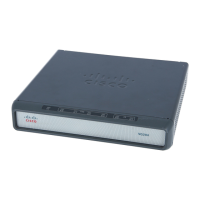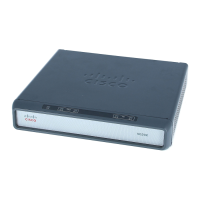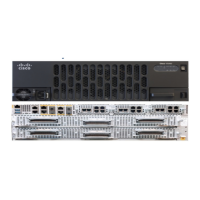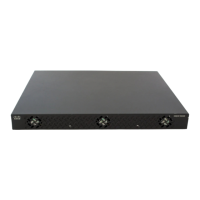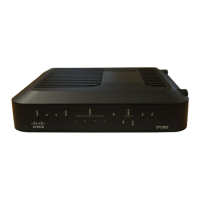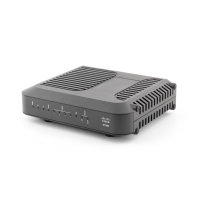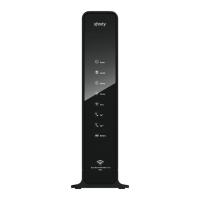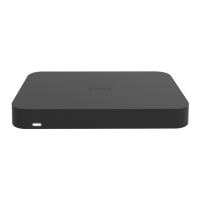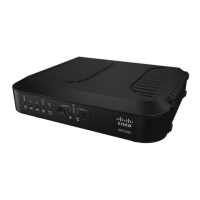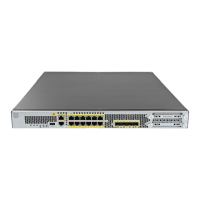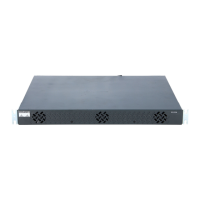Overview of ISG
Information About ISG
3
ISG Principles
Fundamental to the ISG architecture is the provisioning of a common session layer at which the
management of generic subscriber sessions is decoupled from the technology that is used to provide
access to the edge device.
Within this session management layer, common methods are provided for the extraction of subscriber
identity information and the determination and activation of services. These methods are described in
the following sections:
• Subscriber Sessions, page 3
• Subscriber Access, page 4
• Subscriber Identification, page 4
• Subscriber Services, page 4
• Policies, page 5
• Dynamic Policy Updates, page 5
Subscriber Sessions
An ISG subscriber session is a generic system context that is created for every subscriber who interacts
with the edge device. A subscriber session is created on first interaction so that policies may be applied
as early as possible. Such policies may facilitate the retrieval of subscriber identity information. All
subscriber sessions are assigned a locally unique identifier that may subsequently be used to reference
the session.
The session context is the basis for common handling at the session management layer, but the type of
traffic that is encompassed in a session context may vary. Broadly, session types may be categorized as
Layer 2 or Layer 3, depending on the packet types that are being handled by the session. For instance, a
PPP session is a Layer 2 session in that it includes all packets transferred over a link that was established
using PPP negotiation. An IP session is Layer 3 because it includes all IP packets exchanged with a
subscriber device at a single IP address. Whether a session is Layer 2 or Layer 3 will, to some extent,
determine the type of polices that may be activated for the session.
ISG also provides flexibility in terms of how an IP session is defined for an interface. For example, on
a particular interface, ISG can be provisioned to classify IP sessions on the basis of a single address (an
IP session), a subnet (an IP subnet session), or the interface itself (an IP interface session), wherein all
IP packets transferred over the interface are encompassed by the same session.
In a network deployment, ISG session types should be provisioned to represent individual subscriber
entities. For example, a particular ISG interface may be directly connected to a subscriber household in
which several subscriber devices with individual IP addresses are attached to a household LAN. If the
plan is to model each LAN-attached device as a separate subscriber and apply different policies and
services to each, the interface should be provisioned to expect IP sessions. However, if the household
represents a single subscriber account, and common handling is required for all packets exchanged, the
interface should be provisioned as an IP interface or subnet session.

